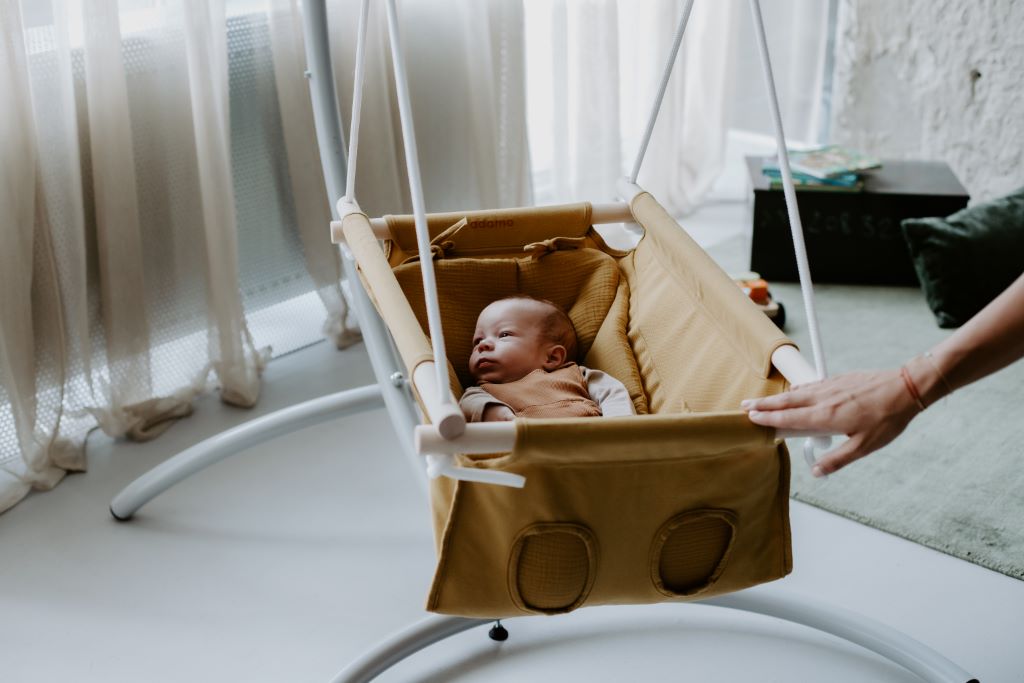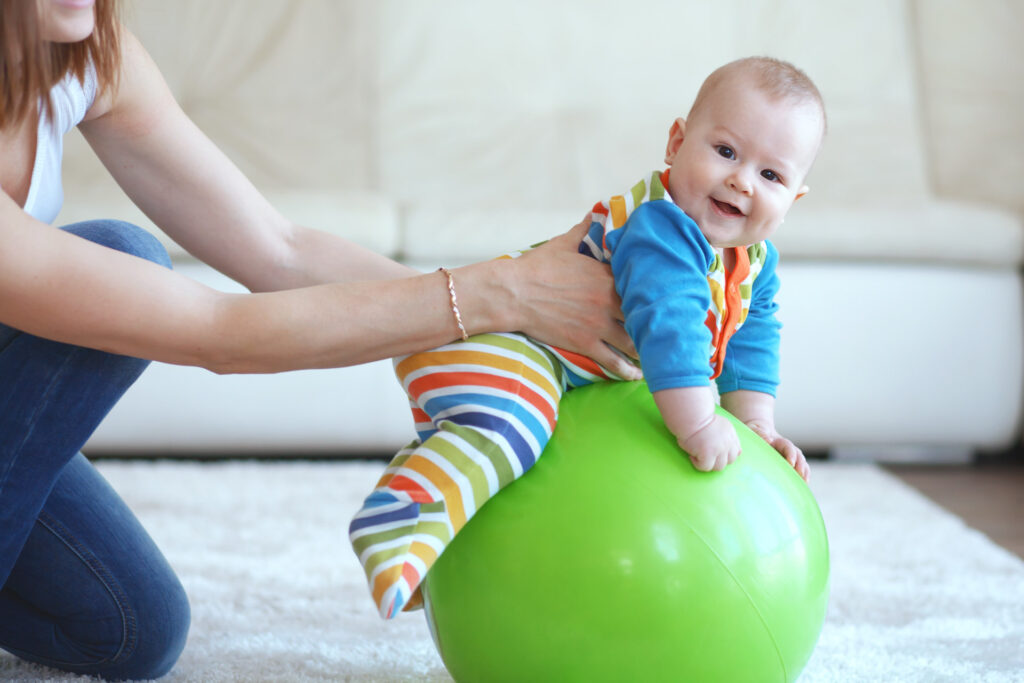Motor skills form an essential part of a baby’s physical strength and their ability to move. We use motor skills every day, throughout our lives. Motor skills are what help us move. They also help do everything, from lifting heavy items to typing on a keyboard.
The development of motor skills and motor control begins after birth, progressing as we grow. Having good motor control helps children explore their world. This, in turn, can help with development in other areas.
Motor skills can be divided into two basic categories: gross motor skills and fine motor skills. Both are important for children, allowing them to grow and become independent as these skills are mastered. While both gross and fine motor skills involve movements, gross motor skills are related to large muscles of the body, such as the legs, arms, and trunk, while fine motor skills involve the smaller muscle groups, such as the hands and wrists.
During their first year, your baby will develop critical motor skills. These will help them make small movements, hold up their head, sit, crawl, and (eventually) walk.
As a caregiver, there are many things you can do to encourage bone and muscle development that will help your baby reach these milestones. If you aren’t sure where to start, we’re here to help! Check out this list of a few ways you can help your baby develop their motor skills during their first year of life.

Tummy time is baby exercise time. It’s the best way for you to help your baby to develop and strengthen the muscles in their neck, shoulders, arms, and trunk, which will be needed in the future when they want to roll, crawl, and walk. Tummy time can begin right after birth. Start out by simply placing your baby on your chest, in a semi-reclined position.
Once they’re strong enough to lift their head, you can place them on a flat surface, putting a rolled-up towel under their upper chest, from armpit to armpit, if you’d like. The sessions should start out short, even less than a minute if that’s all the baby allows. Gradually allow this time to grow as they do. Placing colorful toys, mirrors, or your face in their line of sight can help to distract your baby and decrease any tummy time frustration.

Babies need room to practice their motor skills. The floor is the absolute best place for them to explore movement and develop their strength. This is why you should try to limit the amount of time your baby spends in bouncers, seats, swings, and so on. We don’t recommend using jumpers or baby walkers because these can encourage babies to stand on their toes, which may have the unwanted effect of delaying walking. Push toys are okay, though. If you would like a safe place for your baby to move that’s also contained, playpens and portable cribs are the best options.
Swinging and rocking have proven to be wonderful ways to stimulate a baby’s nervous system. We wrote a whole article about that! Get a baby swing and use it every day. In this article, we tell you which baby swing to choose and why.
Try to avoid, however, overstimulation and don’t restrict your baby’s movement for longer periods of time. Free play is always the best babies can do for optimal development. Swinging is (a powerful) tool to support the process, but don’t leave your child in the baby swing for long periods of time during their wake times. Napping in the Adamo swing is, however, completely fine.

Interact with your baby by rolling a ball to them. At first, their response will probably be to simply slap it, but over time, they’ll learn to hit it back in your direction. This is a great way for you to observe your baby’s developing skills.
Playing with your baby on a larger exercise ball is a fun way to help strengthen postural muscles necessary for the development of higher-level motor skills such as crawling, standing, and walking. It’s also an easy way to provide more opportunities for movement and stimulation of the vestibular system.

Learning a new skill can get frustrating, but trial and error are also important for your baby when learning motor skills. Before you rush in to help, stand back and let your baby try and fail a few times. Then, once they have mastered a skill, make it just a little bit harder. This encourages them to move on to the next step. For example, if your baby is able to sit on their own, hold a toy just out of reach. When they try to reach for it, you’re challenging their balance. If your baby can hold their rattle easily, challenge them to hold something that’s slightly larger or heavier.
The floor can get boring, of course. Spice things up by setting up a maze for your little crawler using light sofa cushions, pillows, and/or boxes on a carpet. Once finished, entice your baby to crawl over or between these items. These obstacles can serve as a great place to hide for a game of peek-a-boo. Always carefully supervise your baby whenever they’re playing with pillows.
Play is how babies learn. With that in mind, babies learn best when they’re motivated and engaged. To aid in engagement, find toys and activities that are exciting for your child, using them to practice new skills. Toys can have different sounds, colors, and/or textures that make them exciting. Get their siblings and other family members involved and have them play with your baby to motivate them. You’re your baby’s biggest motivator, though. Make sure that you offer a lot of praise and encouragement—especially if they’re trying to do something new!

Don’t forget about finger foods as your baby begins to enjoy healthy snacks in the later months of their first year (with your pediatrician’s approval, of course). Finger goods are a great way for your baby to practice their fine motor skills, combining eating and learning into a fun experience. Encourage them to pick up soft fruits, vegetables, or pieces of cereal. Show them how to pick these finger foods up, making sure to praise them after every successful attempt.
Joining a baby exercise class, such as we have here at Hreyfiland – will give you so much more than just an hour of play a week. Most of the movements can easily and safely be repeated at home. Join our Snillingafimi class and learn tips and tricks that you can use for supporting your baby’s motor development every day.

To learn more about the neuroscience of developing infants, check out the Babies series on Netflix. This amazing documentary explores how infants discover life and develop skills during their first year of life.

Hreyfiland is a family gym that offers play-based movement development classes led by a qualified child motor development therapist.